Extended reality is not just a new visual language. It is also a field where tensions between scientificity, industry, and memory are replayed. From the September 11 attacks (SURVIVING 9-11) to the Normandy landings (D-DAY: THE CAMERA SOLDIER) and the assassination of J.F. Kennedy (JFK MEMENTO), Targo’s immersive documentaries show how XR transforms archives into sensory experiences. They also reveal the industrial and economic constraints that shape our relationship with reality.
In an interview with XRMust, Chloé Rochereuil and Victor Agulhon shared their views on the subject.
The genesis of the projects
People are at the heart of Targo’s projects. Encounters are therefore a catalyst. The documentary D-Day originated from discussions with documentary filmmaker Anthony Giacchino. Months of research later, it was the story of the Normandy landings and Jennifer’s father that brought them together.
“The common thread in all our documentaries is that we tell the story of one person. We don’t claim that this story is universal.” For example, in the case of D-Day, Targo does not claim that it is representative of the history of all soldiers. “This documentary is very clear. We tell the story of Jennifer, a soldier’s daughter, and her experience of war through her father, specifically her father’s experience during D-Day. We don’t set out to give a lecture on the events of D-Day.” Providing context and explaining the operation from a specific point of view is the promise made to the viewer. Everything must be clear to the audience from the very first seconds.
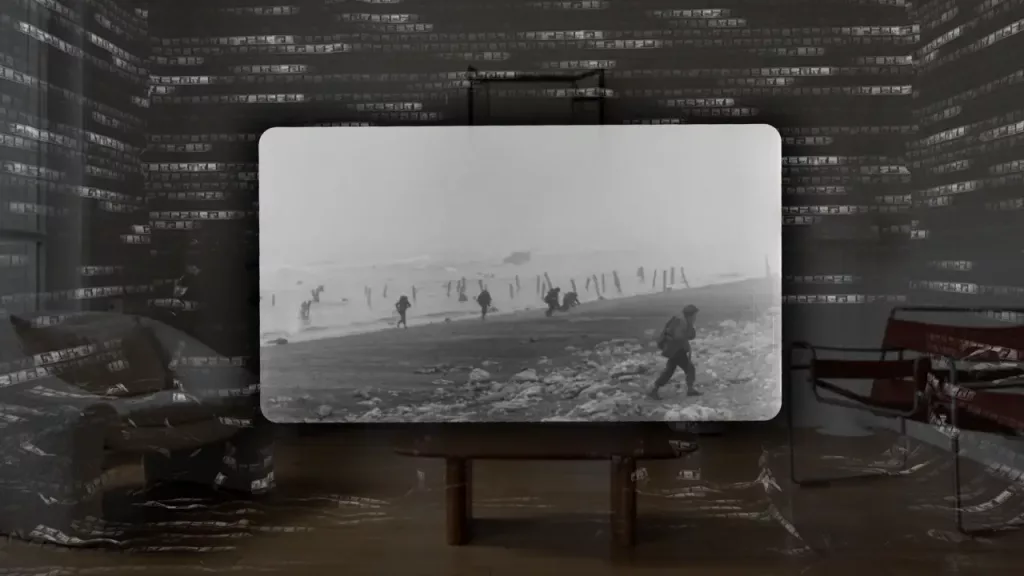
Archives transformed into an experience
Targo’s work is based on a rigorous protocol: validation by historians, use of national archives, and transparency regarding the use of artificial intelligence. But the immersive experience never reproduces reality identically. Coloring a photo, transforming it into 3D, spatializing a scene: each choice is an interpretation, our two interviewees agree. “No photo is shown without the original version,” they insist, a sign that transparency is their best safeguard.
This reconstruction acts as a memory factory: the viewer experiences the archive as an experience, not as a simple document. Technology then becomes a vehicle for memory.
Industry as an invisible
Scientific truth in XR does not emerge in a vacuum: it is framed by industrial logic. Apple’s Vision Pro is a case in point. Its distribution targets an elite audience, with a headset costing $3,500, and shapes the very nature of the works produced: a hybrid of documentary, cinema, and home cinema. “The Vision Pro brought us back to the frame,” say the creators, emphasizing that technological innovation directly influences the grammar of documentary filmmaking. “We intentionally played with the frame, deciding each time which technique to use for a particular moment in the story.” Playing to tell new things in a different way. It is not only the story that determines the format, but the hardware market that defines what is possible and profitable to produce.
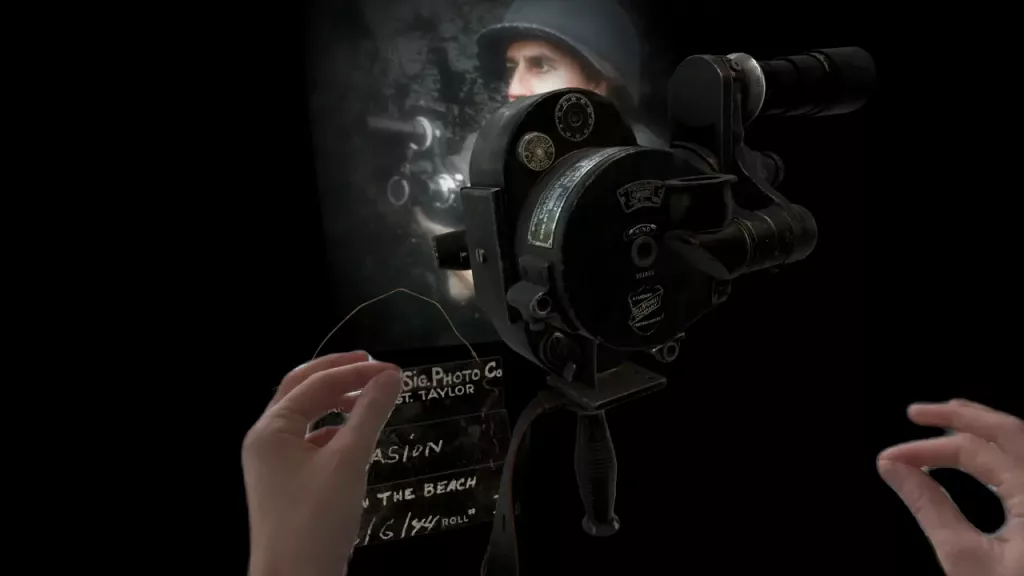
The relationship with platforms
Meta, Apple, Google: platforms do not directly dictate content, but they determine the standards of access to the public. The creators’ message is reassuring: “we have never had any editorial constraints.” The stories chosen are mainstream themes (D-Day, Kennedy, September 11) calibrated to speak to global audiences. The documentary ambition is coupled with a logic of mass distribution: a story that is too local or too complex will be less likely to find its place in an XR ecosystem dominated by platforms.
Assuming American influence, at Targo, mainstream is understood in the noble sense of the term. Across the Atlantic, a mainstream project is “an ambitious project, whereas in France we have a somewhat degraded perception of the general public.” A positioning: choose themes that will speak to the greatest number of people and treat them intelligently. From this point of view, D-Day ticks all the boxes: a historical subject that crosses borders, an intimate quest that reconnects us with our relationship with our parents or grandparents, and verified sources.
Technological temporality and economic constraints
The XR industry also imposes a pace: prototypes to accompany the release of a new headset, intense R&D cycles to exploit new features. D-Day is “the most technologically advanced project on Apple Vision Pro,” claims Victor Agulhon.
But this race for innovation raises questions: doesn’t the urgency to exploit a technological window risk taking precedence over the slow pace necessary for research and scientific verification? Is documentary truth conditioned by industrial schedules, where the anniversary of an event (80 years since D-Day) coincides with the release of new hardware? The answer lies in the passion for research that drives the duo and their high standards for their productions. For Targo, a successful XR documentary requires three ingredients: technology, creative content, and an audience. If one of the three is missing, the project is put on hold. “There’s no question of thinking that the team could have done better three months later.”

Economic autonomy: a political strategy
However, Targo is not content to simply follow the imposed logic. Their discourse reveals a strong desire for economic and political autonomy: “We want to free ourselves from platforms, create our own virtuous model, publish our experiences directly on stores, and have a direct relationship with the audience that watches our experiences.” Like many players, their ambition, not only economic but also editorial, is “to be in an industry that operates without dependence on platforms, aid, and subsidies.” This stance resonates particularly strongly in an industry that is still fragile, largely supported by public funding or investments from digital giants. By seeking to build a viable direct-to-consumer model, Targo is laying the foundations for a political strategy: defending the independence of immersive creators, reducing dependence on imposed market logic, and giving XR documentaries lasting cultural legitimacy.
A truth sometimes constrained but claimed
Documentary XR, as practiced by Targo, navigates with ethical requirements in mind. The archive is respected, but it is also transformed by the industrial logic of the medium: the need to embrace technological standards in order to exist in a still fragile market. But where other studios would suffer from this constraint, Targo asserts a model in which scientific rigor, visual quality, and economic independence become the very conditions of their credibility.
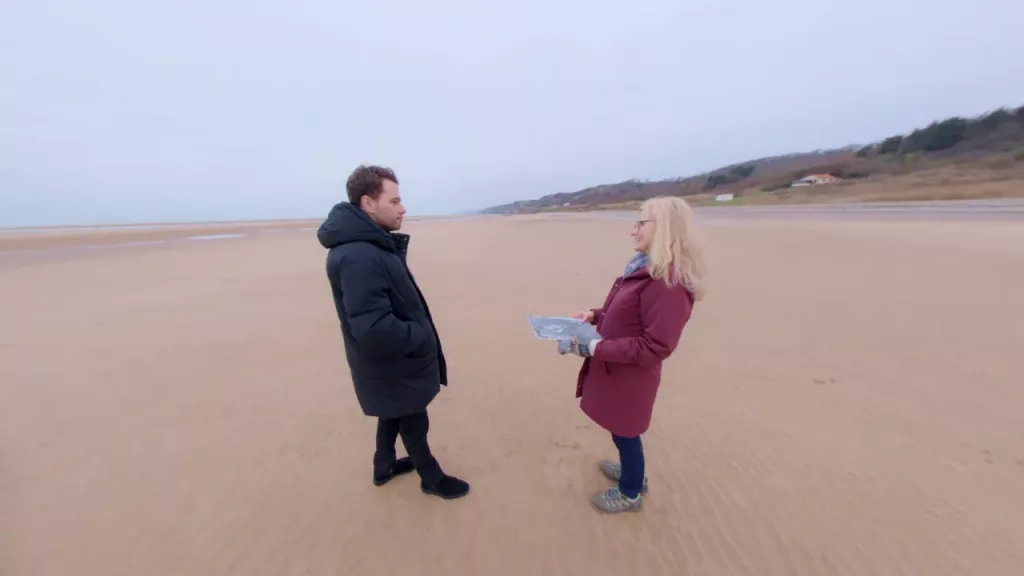
Conclusion: an industrial factory of truth
By allowing us to experience history rather than just see it, XR reinvents our relationship with reality. But this factory of truth remains constrained: technical, economic, and narrative constraints. The immersive illusion becomes the driving force behind an industry in search of cultural legitimacy. Targo’s merit lies in transforming this constraint into a horizon: embracing the element of interpretation while asserting autonomy from platforms. Scientific truth in XR is therefore not an absolute, but a constant negotiation between the archive, technology, the market, and the political stance of the creators.
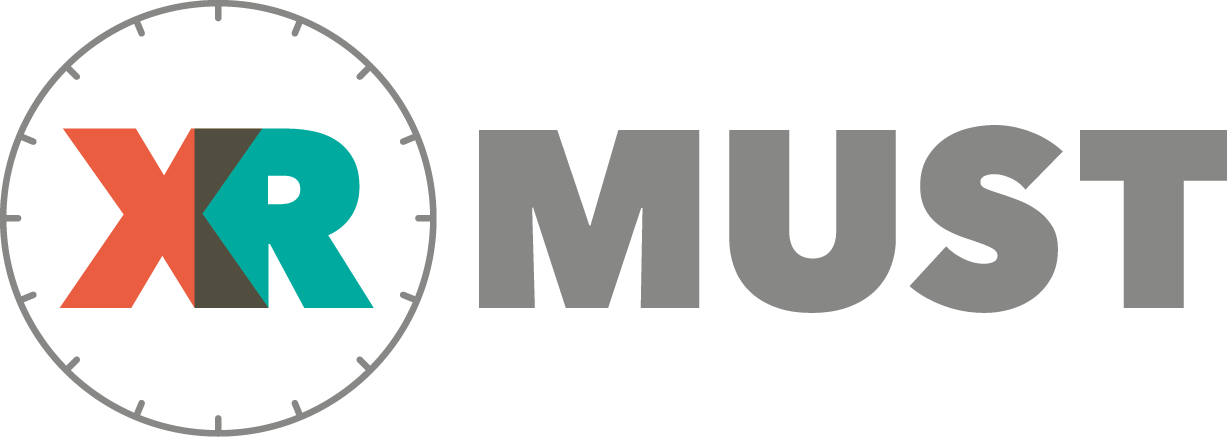

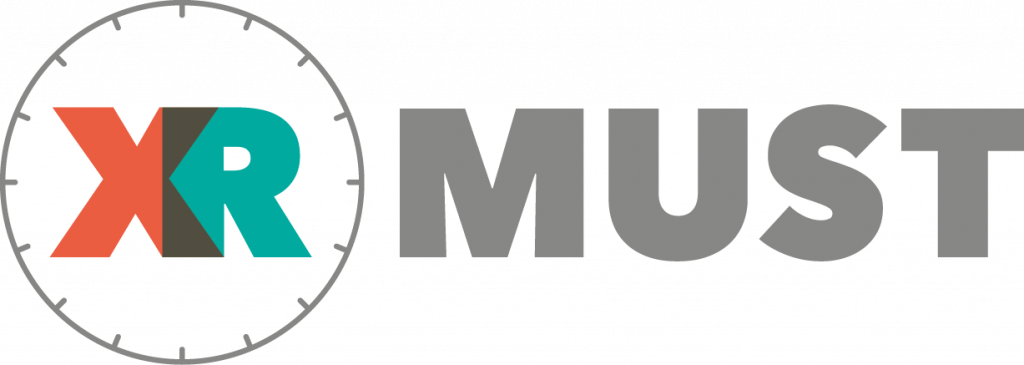
Leave a Reply
You must be logged in to post a comment.